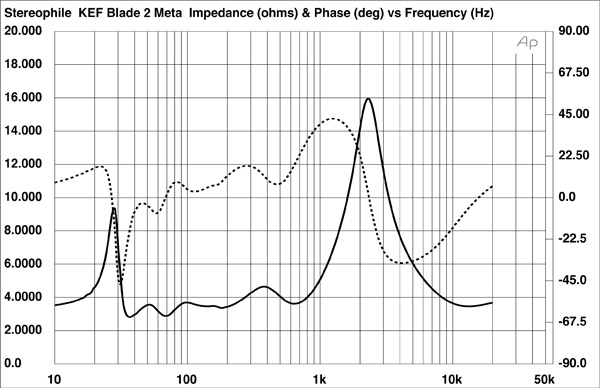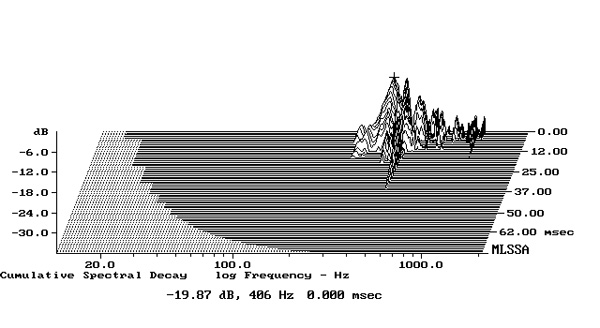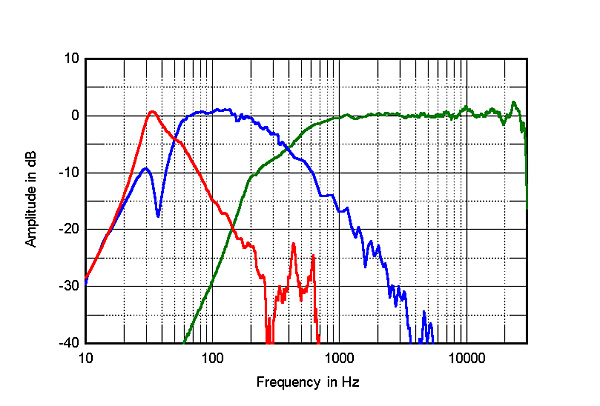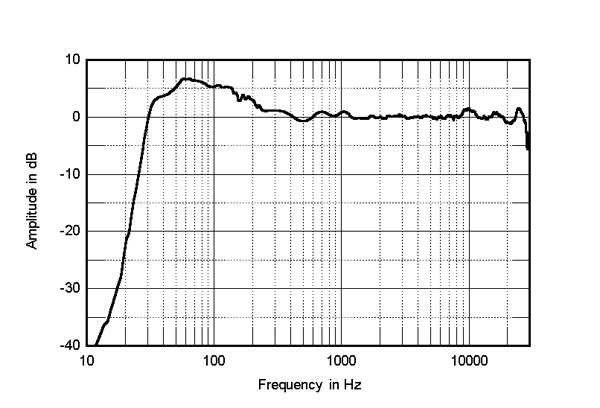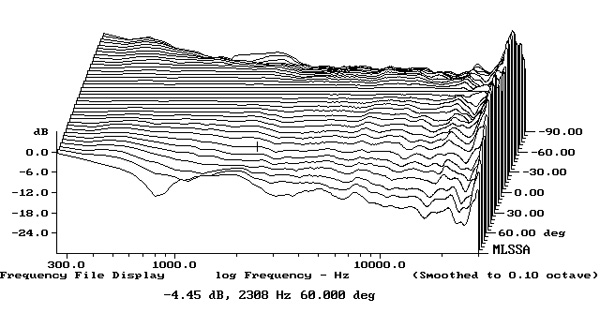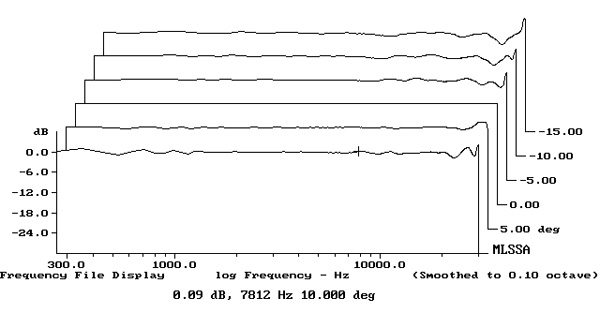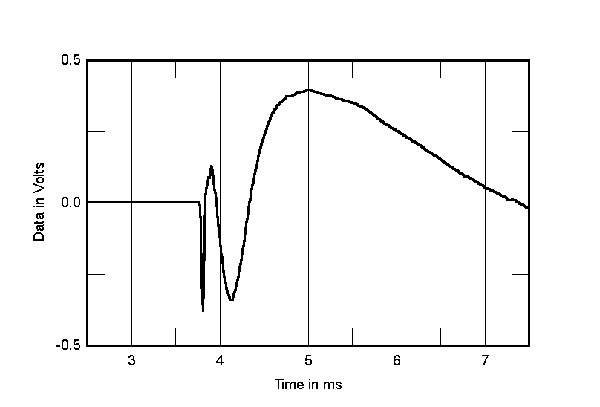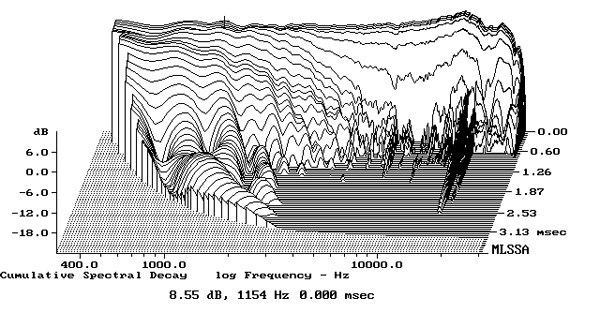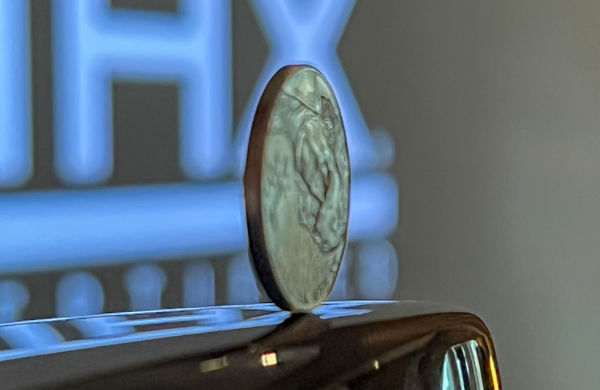| Columns Retired Columns & Blogs |
but this is as close as I've ever seen. I know KEF has always done nonstop R&D over the decades and will continue this practice, but how on earth could they ever improve on this design? I'm sure that HD and IM distortion measurements are just as flawless as everything else. Crazy.
